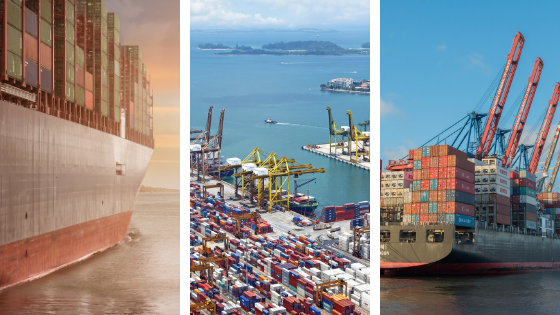Editor’s note: China’s economy is continuing to slow as it harvests the fruit of its trade war against the United States.
China posted a big miss in its overall trade surplus for April, as exports unexpectedly fell and imports surprisingly rose.
[Huileng Tan | May 8, 2019 | CNBC]
The numbers came on Wednesday as the trade impasse between the U.S. and China continues to drag on.
Customs data on Wednesday showed that trade surplus for April came in at $13.84 billion. That was far lower than the $35 billion economists polled by Reuters had expected, and below the $32.65 billion posted in March.
Dollar-denominated exports also missed expectations in April, falling 2.7% from a year ago, according to data from the China’s General Administration of Customs. Economists polled by Reuters expected an increase of 2.3% from a year earlier.
However, April imports unexpectedly rose by 4% from a year ago, compared to a decline of 3.6% that economists predicted. Imports in March fell 7.6%.
China’s trade surplus with the U.S., meanwhile, rose to $21.01 billion in April from $20.5 billion in March, the data showed.
U.S. and Chinese officials have met several times in a bid to hammer out a trade deal, but Washington said this week that tariffs on Chinese products will increase on Friday, fueling fears that negotiations could be derailed.
The outlook for Chinese exports will remain challenging even if a trade deal is reached with the U.S. soon, said Julian Evans-Pritchard, senior China economist at Capital Economics.
“Even if a last-minute (trade) deal is struck this week to avoid further tariffs, the downbeat prospects for global growth will probably mean that export growth remains subdued,” Evans-Pritchard wrote in a note on Wednesday.
Imports, however, should hold up better due to government stimulus, he added.
Recent moves by Beijing — such as cutting reserve requirement ratios and keeping short-term interest rates lower recently — are keeping liquidity in the system, said Shaun Roache, chief economist for Asia Pacific at S&P Global Ratings.
“That’s a signal that the authorities are willing to simulate, and stimulate quickly, if they feel trade tensions persist,” Roache told CNBC’s “Street Signs.”
This week, U.S. Trade Representative Robert Lighthizer told reporters that the U.S. will increase levies on Chinese imports on Friday.
His comments came after U.S. President Donald Trump’s tweeted on Sunday that current tariffs of 10% on $200 billion of Chinese goods would be raised to 25% on Friday. Trump also threatened to impose an extra 25% levy on another $325 billion of Chinese goods “shortly.”
The latest developments sent markets across the globe reeling, amid earlier indications and optimism that the U.S. and China were close to ending their protracted trade war. Just last month, U.S. Treasury Secretary Steven Mnuchintold The New York Times that negotiations were in the “final laps.”
— CNBC’s Eustance Huang and Reuters contributed to the report.
Read the original article here.













